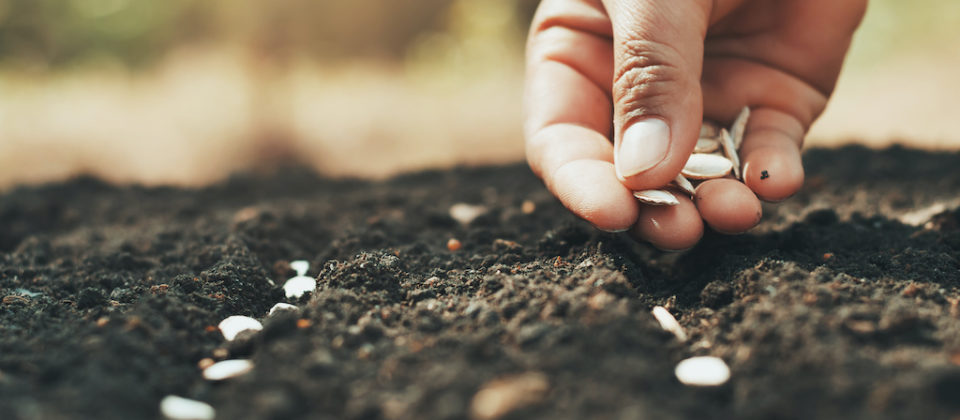It’s Not Too Late: Recommendations for Mid to Late Season Vegetables
- 2021-07-08
- By mkirk
- Posted in The Garden Buzz
By Judy Kunz, Colorado Master Gardener
The dog days of summer occur between July 3 and August 11 and coincide with the path of the sun as it occupies the same region in the sky as Sirius, the Dog Star. Sirius is the brightest star visible from earth and part of the constellation Canis Major or Greater Dog. Dog days historically occur during the hottest part of the summer, lagging a few weeks to a month or so behind the longest day of the year. Dog days are sometimes associated with high heat and humidity, going swimming or fishing, taking a vacation or just “vegging out” with a good book on the patio.
Even though dog days are upon us, it’s not quite time to forget about those empty spaces in the garden that were previously occupied by early season crops or were never planted last spring. There is a long list of vegetables that can be seeded in the upcoming weeks for harvest in September or October. Based on the average first autumn frost date (roughly around October 15 in our area), check planting-to-harvest dates on seed packets for seeding a second crop of your favorite vegetables. Garden centers have adequate supplies of seeds on hand this year and most of them will also be carrying some starts of cool season plants by mid-August.
For seedling protection if an earlier-than-average frost is predicted, floating row cover, an inexpensive, reusable fabric that allows light penetration while sheltering tender crops, can be used to cover plants. It can be placed directly on plants or a simple frame can be constructed to support it. Cold frames are easy to build and also work to ward off early temperature dives. Supplies for both are available online or at local garden centers.
Some favorites to seed in mid-July are cabbage, collards, endive, green onions, New Zealand spinach, bush beans, cucumber, cauliflower, snow peas and summer squash. Crops that can be seeded until late July to early August are Chinese cabbage, small carrots, broccoli, kale, turnips, turnip greens and beets. Recommended for seeding early to mid-August are leaf lettuce, mustard greens, radishes, spinach, Swiss chard and turnip greens.
For soil preparation, work in a little all-purpose fertilizer to supplement nutrients that may have been depleted by previous plantings and seed as directed. Plant early in the day to avoid the heat.
Now, how about that well-earned lemonade break on the patio?
For more details on late season planting, refer to the following PlantTalk publications with links to further information: https://planttalk.colostate.edu/topics/vegetables/1825-second-crops/, https://planttalk.colostate.edu/topics/vegetables/1841-time-seed-fall-vegetables/
Horticulture Resources
- Garden Buzz Archives
- CSU Extension Resources
- Colorado Master Gardener Program
- Foothills to Plains Native Plant Master Program
- Native Bee Watch Community Science Program
- The Co-Hort Blog
- PlantTalk Colorado
- Soil Testing
- Plant Select
- Emerald Ash Borer
- Japanese Beetle
- Colorado State Forest Service
- Ask an Expert




